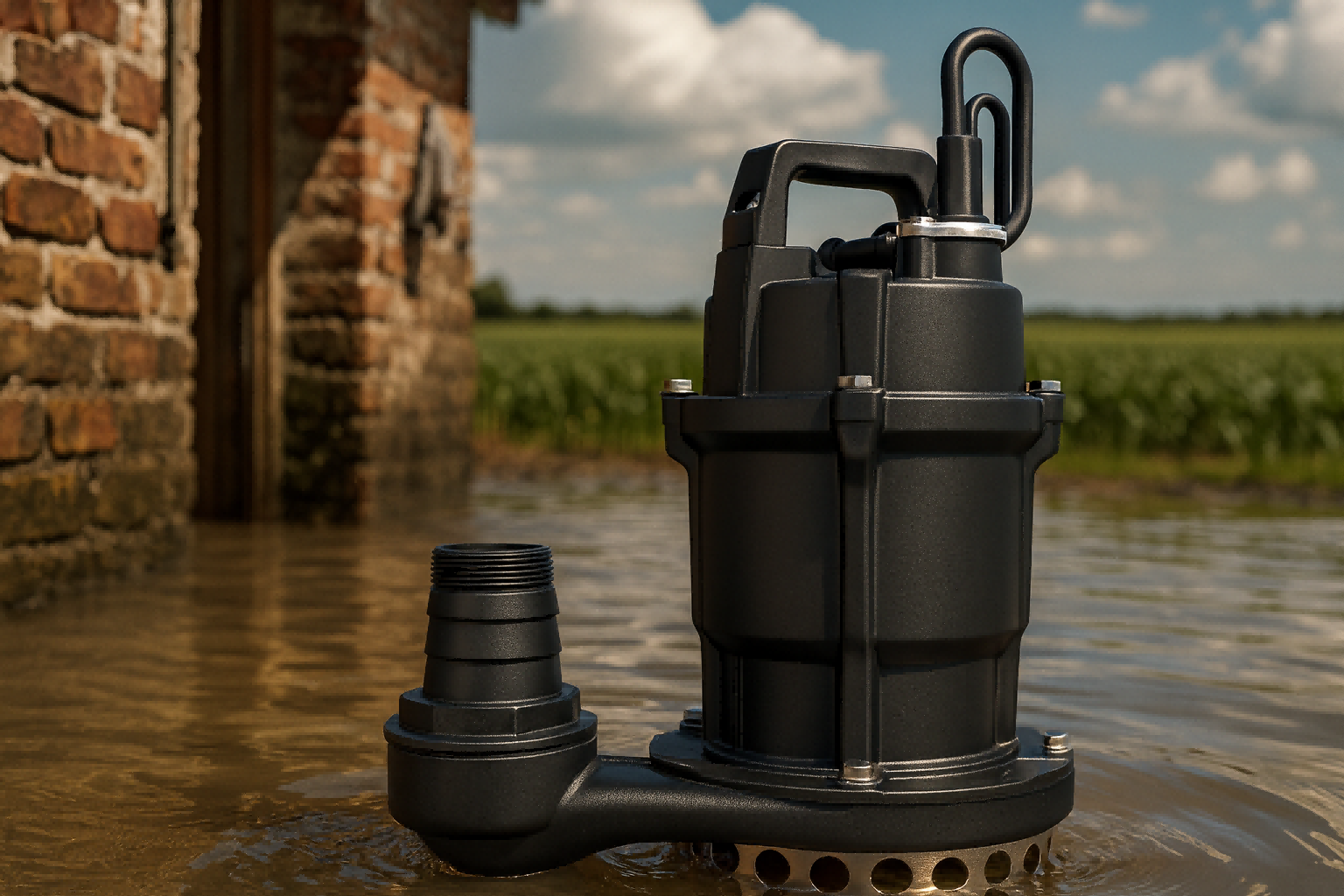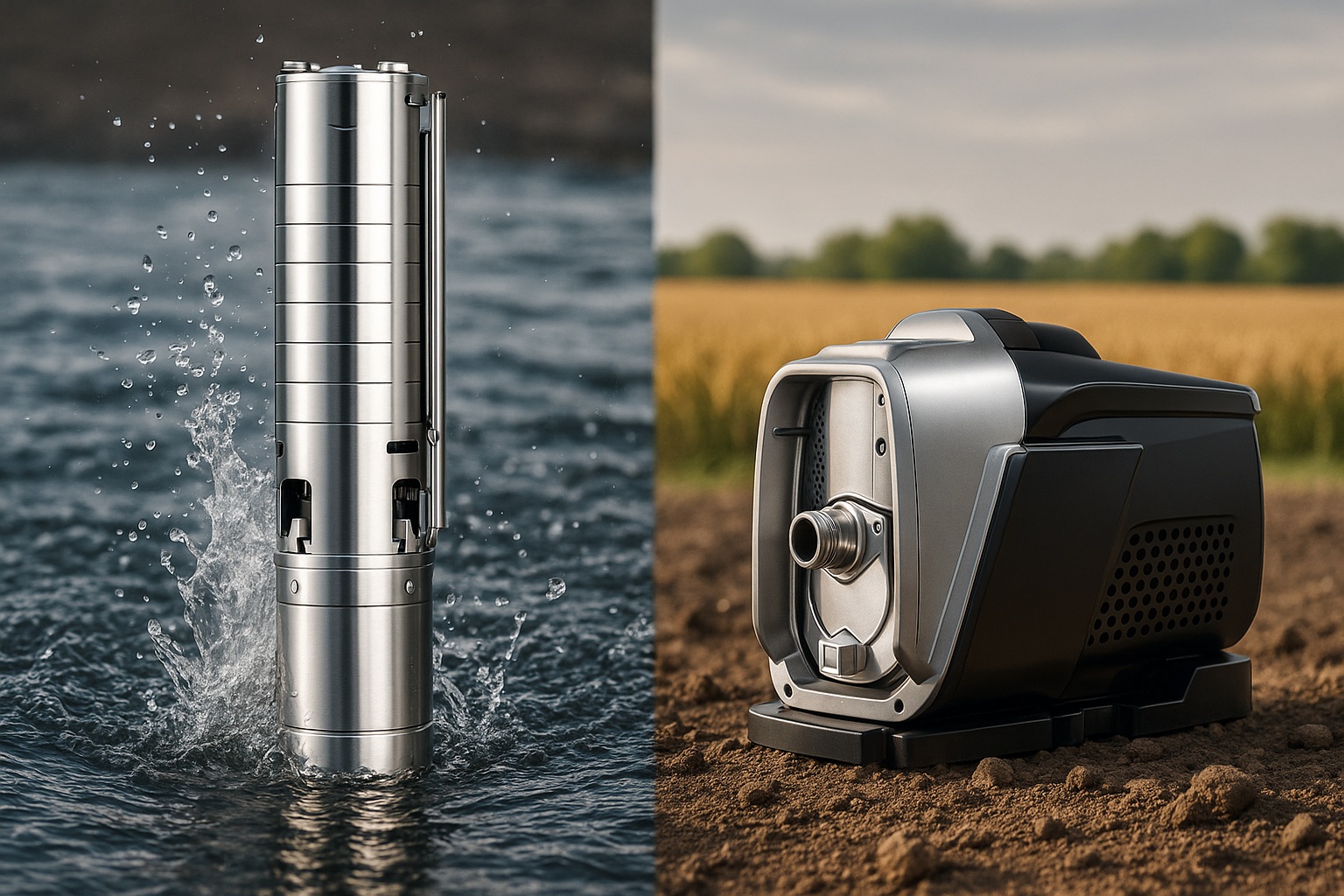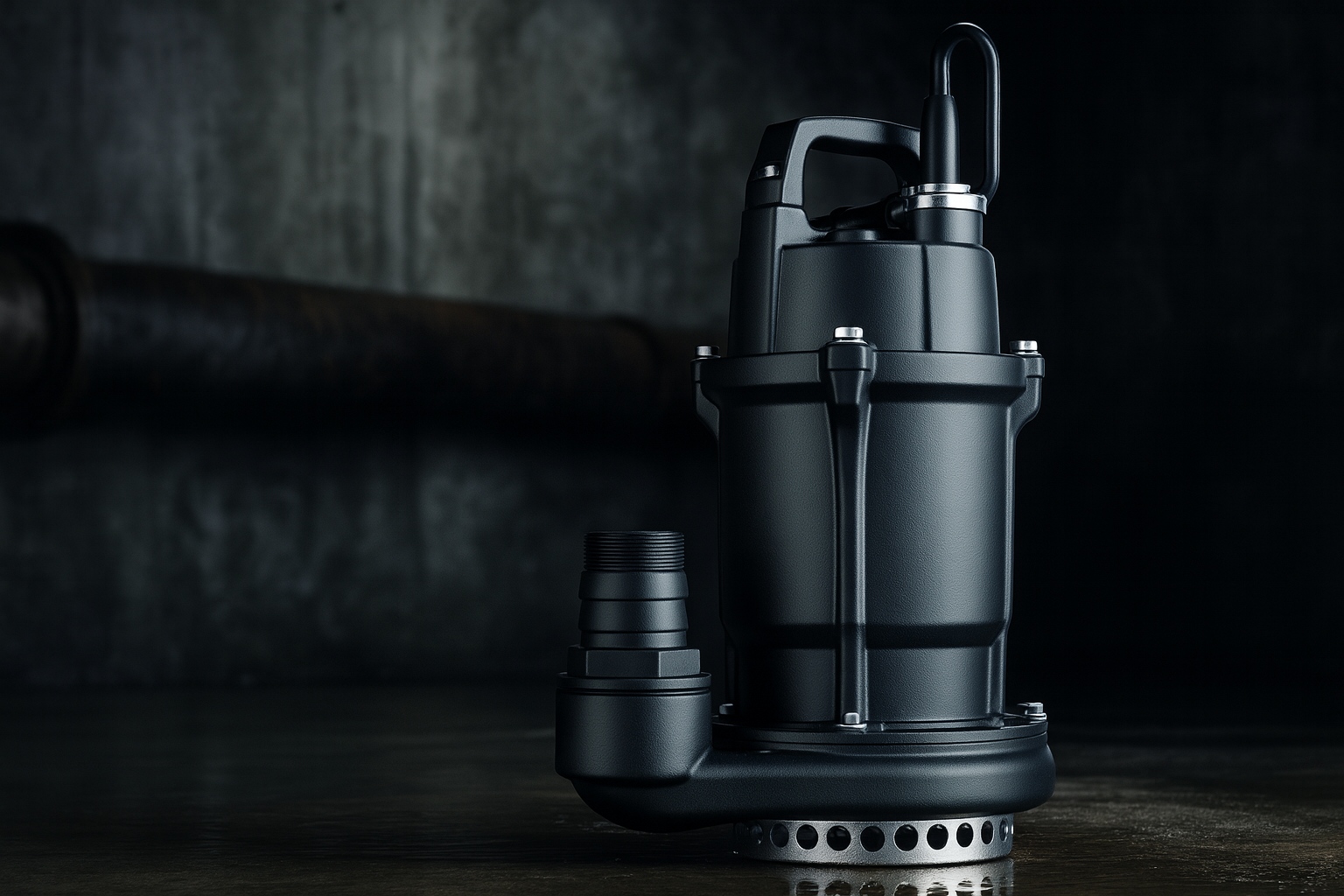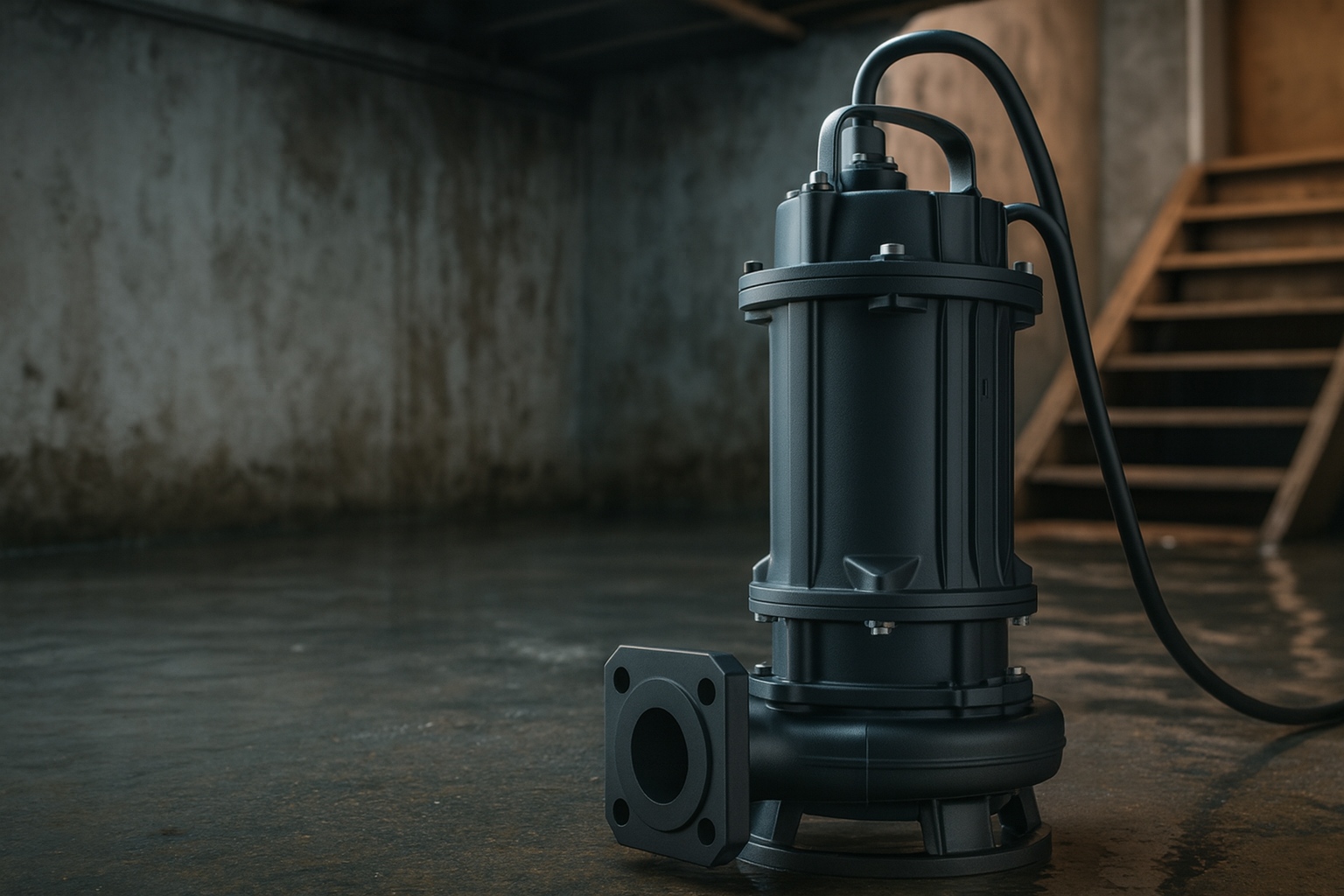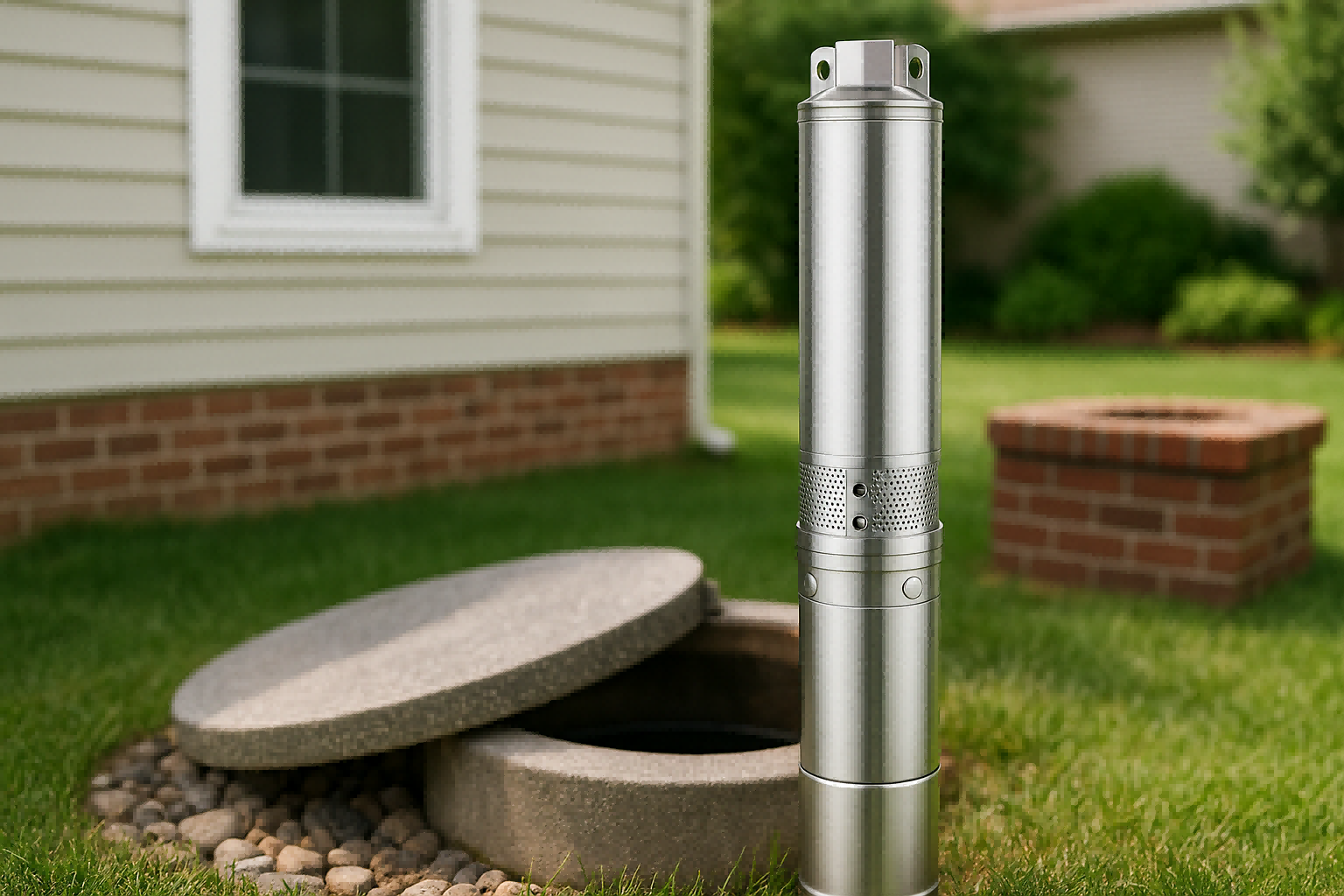Are you concerned that your building's booster pump is driving up your electricity costs?
Many older models are inefficient, but modern smart booster pumps with Variable Speed Drives (VSD) can cut electricity consumption significantly, often by up to 50%, putting money back into your business.1
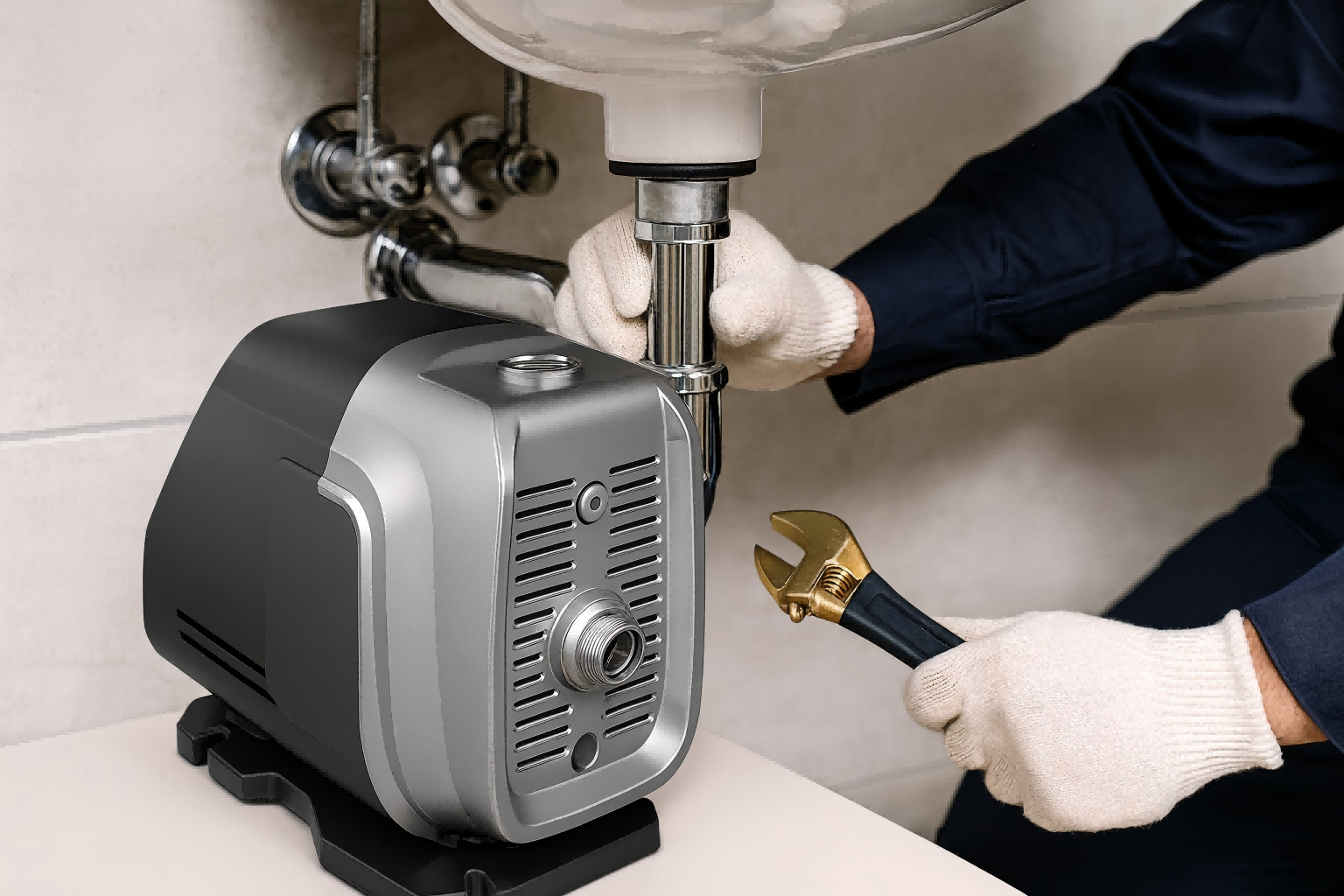
The question of a booster pump's energy use is not a simple yes or no.
It's a story of old technology versus new.
While traditional pumps can be major energy consumers, the latest generation of intelligent pumps has completely changed the game.
Understanding the difference is key to managing your operational costs and improving your system's reliability.
Let's dive into the factors that determine a pump's power consumption and explore how modern solutions offer a smarter, more efficient path forward.
How Much Electricity Does a Water Pump Use?
Confused by pump ratings like watts and horsepower?
This complexity can lead to costly operational mistakes.
Let's clarify these terms to empower your purchasing and operational decisions.
A pump's electricity use depends heavily on its size and type.
A small residential booster pump might use between 250 to 1,000 watts.2
However, older or larger fixed-speed systems can consume much more, significantly impacting your electricity bills.
To truly grasp a pump's energy footprint, you need to look beyond the numbers on its specification plate and understand the technology driving it.
The difference in consumption between a basic, fixed-speed pump and an advanced, variable-speed model is substantial.
The former is like a light switch—either fully on or fully off—while the latter is like a dimmer, providing only the power that is needed at any given moment.
This distinction is fundamental to achieving energy efficiency.
Understanding Power Ratings
A pump's power is typically rated in either watts (W) or horsepower (HP).
- Watts (W) or Kilowatts (kW): This measures the electrical power the pump consumes to do its job. It's the most direct indicator of its electricity usage.
- Horsepower (HP): This is a unit that describes the mechanical work the pump's motor can perform. For reference, 1 HP is approximately equal to 746 watts.
Running Watts vs. Starting Watts
It's also crucial to distinguish between two types of wattage.
- Running Watts: This is the continuous power the pump needs during normal operation.
- Starting Watts: This is a temporary surge of power, often two to three times the running wattage, required to start the motor from a standstill.
This initial surge can put immense stress on both electrical systems and mechanical components.
Modern pumps address this with a soft start and soft stop function.
By gradually ramping the motor speed up and down, these systems reduce mechanical stress and prevent the damaging hydraulic shock known as water hammer.
Typical Power Consumption
The energy usage can vary dramatically based on the pump's intended application.
| Pump Type | Typical Application | Electricity Usage (Watts) |
|---|---|---|
| Booster Pumps | Increasing water pressure in homes | 250 – 1,000 W |
| Sump Pumps | Basement water removal | 300 – 1,000 W |
| Irrigation Pumps | Small-scale farm use | 500 – 3,000 W |
| Industrial Pumps | Large-scale commercial processes | 2,000 – 50,000+ W |
Advanced systems feature intuitive displays that provide real-time data, including live power consumption.
This allows operators to monitor efficiency and understand exactly how much energy is being used at any moment, turning a black box of consumption into a transparent, manageable metric.
What Factors Affect Pump Electricity Use?
Thinking the pump's size is the only factor driving your electricity bill?
Overlooking key system details is a common mistake that leads to significant wasted energy and money.
The most critical factors influencing energy use include the pump's size, its operational efficiency, how long it runs, and the total pressure it must overcome (known as the head).
The overall system design and the pump's mechanical condition also play essential roles.
A holistic view of the entire pumping system is necessary to identify true energy-saving opportunities.
A pump does not operate in a vacuum.
It is part of a larger network of pipes, valves, and outlets.
Each component contributes to the total workload placed on the pump.
Optimizing this complete system, rather than just focusing on the pump itself, is the key to unlocking maximum efficiency and cost savings.
The Core Metrics: Flow, Head, and Efficiency
Three elements are at the heart of pump performance and energy use.
- Flow Rate: This is the volume of water moved in a given time, often measured in gallons per minute (GPM) or liters per minute (LPM). Higher flow rates generally require more energy.
- Total Dynamic Head (TDH): This represents the total resistance the pump must overcome. It includes the vertical height the water needs to be lifted plus any friction losses from pipes and fittings. A higher TDH demands more power.
- Pump Efficiency: This is perhaps the most critical factor. It measures how effectively the pump converts electrical energy into water movement (hydraulic energy). A pump with 80% efficiency uses far less electricity to do the same work as one with 50% efficiency.
The Impact of System Design
The plumbing connected to the pump has a massive impact on its workload.
Longer pipes and smaller pipe diameters increase friction, forcing the pump to work harder and consume more electricity.
Likewise, numerous bends, valves, and fittings add to the system's overall resistance, further increasing the energy required.
A well-designed system with properly sized pipes and a streamlined layout can dramatically reduce the pump's energy consumption.
The Intelligence Factor: Smart Controls
This is where modern technology truly shines.
Traditional pumps run at a single, fixed speed.
They are sized for the highest possible demand, which means they are oversized and inefficient for most of their operational life.
Variable Frequency Drives (VFDs) completely change this dynamic.
A VFD acts as the pump's brain, adjusting the motor's speed in real-time to precisely match the system's water demand.
When demand is low, the VFD slows the pump down, saving a significant amount of electricity.
When combined with a high-efficiency Permanent Magnet Synchronous Motor (PMSM), this technology can deliver consistent water pressure while using the absolute minimum amount of energy required.
Why Some Water Booster Systems Are Energy Wasters
Is your booster pump running constantly, even when no water is being used?
This continuous operation is a tell-tale sign of an outdated, inefficient system that is wasting energy.
Older booster systems were built with a single goal: deliver water at the required pressure on demand.
They achieved this by running at full speed continuously, ensuring the supply was instantly available.
This brute-force approach consumes a considerable amount of electricity and is incredibly hard on the pumping equipment.
The design philosophy of yesterday prioritized constant availability over efficiency.
This resulted in systems that operate at peak power for extended periods, even when demand is at its lowest.
The consequences are not only high electricity bills but also a shorter lifespan for the equipment due to relentless mechanical stress.
Today, we know there is a much smarter way to achieve the same result.
The Problem with Fixed-Speed Pumps
Conventional booster pumps operate at a fixed speed.
To ensure they can meet peak demand, they are often oversized for the building's typical needs.
This leads to several problems:
- Massive Energy Waste: Running at full power during periods of low demand wastes a tremendous amount of electricity.
- Mechanical Stress: Operating at minimum flow for long periods is very hard on a pump. It can cause vibration, overheating, and premature failure of critical components like seals and bearings.
- Pressure Fluctuations: These systems often lead to unstable water pressure throughout the building as the pump cycles on and off abruptly.
The Modern Solution: Demand-Based Operation
Today’s water booster systems are about more than just moving water; they’re about saving energy, water, and money.
Intelligent VFD pumps operate based on real-time demand.
- Variable Speed: The pump's motor speed is continuously adjusted to maintain constant pressure, no matter how many taps are open. It only uses the exact amount of energy needed.
- Parallel Operation: In multi-pump systems, smart controllers can orchestrate the pumps, turning them on as needed and equalizing the run time across all units to ensure even wear.
- Enhanced Durability: Features like soft-start and soft-stop reduce mechanical shock. Premium internal components, such as high-precision bearings and corrosion-resistant stainless steel impellers, ensure a long and reliable service life.
Advanced units are also equipped with comprehensive protection systems that safeguard against issues like dry running, overheating, and voltage fluctuations, preventing damage and costly downtime.
Optimizing Your Booster Pump For Maximum Efficiency
Want to slash your pump's energy bill without a full replacement?
Several strategies beyond the pump itself can lead to significant savings and improved performance.
The best way to reduce energy consumption is to select a modern pump with an integrated Variable Speed Drive (VSD).
However, optimizing the entire system, performing regular maintenance, and preventing leaks are also crucial steps for any setup, new or old.
Achieving peak efficiency requires a proactive approach.
It involves not only choosing the right technology but also ensuring the system it operates within is sound and well-maintained.
Even the most advanced pump will waste energy if it has to compensate for leaks or excessive friction in the pipework.
By addressing the system as a whole, you can ensure your pump operates under the best possible conditions, minimizing energy use and maximizing its lifespan.
The Power of Variable Speed Drives (VSDs)
Installing a VSD is the single most effective upgrade for improving pump efficiency.
A VSD can adjust the pump's speed to match fluctuating demand, which can reduce energy usage dramatically.
As pump power consumption is related to the cube of its speed, even a small reduction in speed yields significant energy savings.
For example, reducing a pump's speed by 20% can result in an energy saving of nearly 50%.
Modern intelligent booster pumps come with this technology fully integrated.
The Importance of Regular Maintenance
A well-maintained pump operates more efficiently.
Routine maintenance should include:
- Inspecting for Leaks: Even small leaks in the system can cause the pump to cycle on and off unnecessarily, wasting energy.
- Cleaning: Ensure that filters and impellers are clean and free of debris. Clogs force the pump to work harder.
- Lubrication: Follow the manufacturer's recommendations for lubricating bearings and other moving parts to reduce friction.
A key advantage of some modern pumps is their robust construction.
For instance, sealing the main controller board in a waterproof potting compound can prevent over 95% of moisture-related failures, drastically extending the life of the electronics and making them virtually maintenance-free.
Proactive System Monitoring
Advanced pumps provide features that help you maintain system efficiency.
One such feature is a pipeline leak warning.
The system's intelligent controller can detect small, persistent pressure drops characteristic of a leak and alert the user.
This allows you to fix leaks promptly, saving both water and the electricity that would have been wasted by the pump constantly working to compensate for the pressure loss.
Conclusion
While traditional booster pumps can be significant energy consumers, modern VFD pumps provide a highly efficient alternative.
They deliver stable pressure, reduce electricity costs, and offer a smart return on investment.
Frequently Asked Questions
1. How much electricity does a 1hp water pump use?
A 1hp pump uses about 0.746 kWh per hour at full load. With a VSD, the pump rarely runs at full load, reducing average consumption significantly.
2. Can I reduce my water pump electricity bill?
Yes. Using a pump with a VSD, performing regular maintenance to prevent leaks and clogs, and ensuring your system is properly sized are the best ways to lower your bill.
3. How long should a booster pump run?
An efficient VSD booster pump should only run when there is water demand. It will run at a variable speed to maintain pressure and then go into standby when demand ceases.
4. What is the most energy-efficient water pump?
The most efficient pumps are those that combine a high-efficiency motor, like a Permanent Magnet Synchronous Motor (PMSM), with an intelligent Variable Frequency Drive (VFD) controller.
5. Do bigger pumps use more electricity?
Generally, yes. A larger pump has a higher power rating. This is why proper sizing is critical; an oversized pump wastes energy, even with a VFD.
6. What are the signs of an inefficient pump?
Common signs include unexpectedly high electricity bills, excessive noise or vibration, frequent cycling on and off, and noticeable fluctuations in water pressure.
7. How does a VFD save energy on a pump?
A VFD saves energy by adjusting the pump motor's speed. Since pump power is proportional to the cube of its speed, a small speed reduction provides substantial energy savings.
8. What does "constant pressure" mean for a booster pump?
Constant pressure means the pump's smart controller adjusts its speed to ensure the water pressure in your pipes remains stable, regardless of how many taps or outlets are in use.


